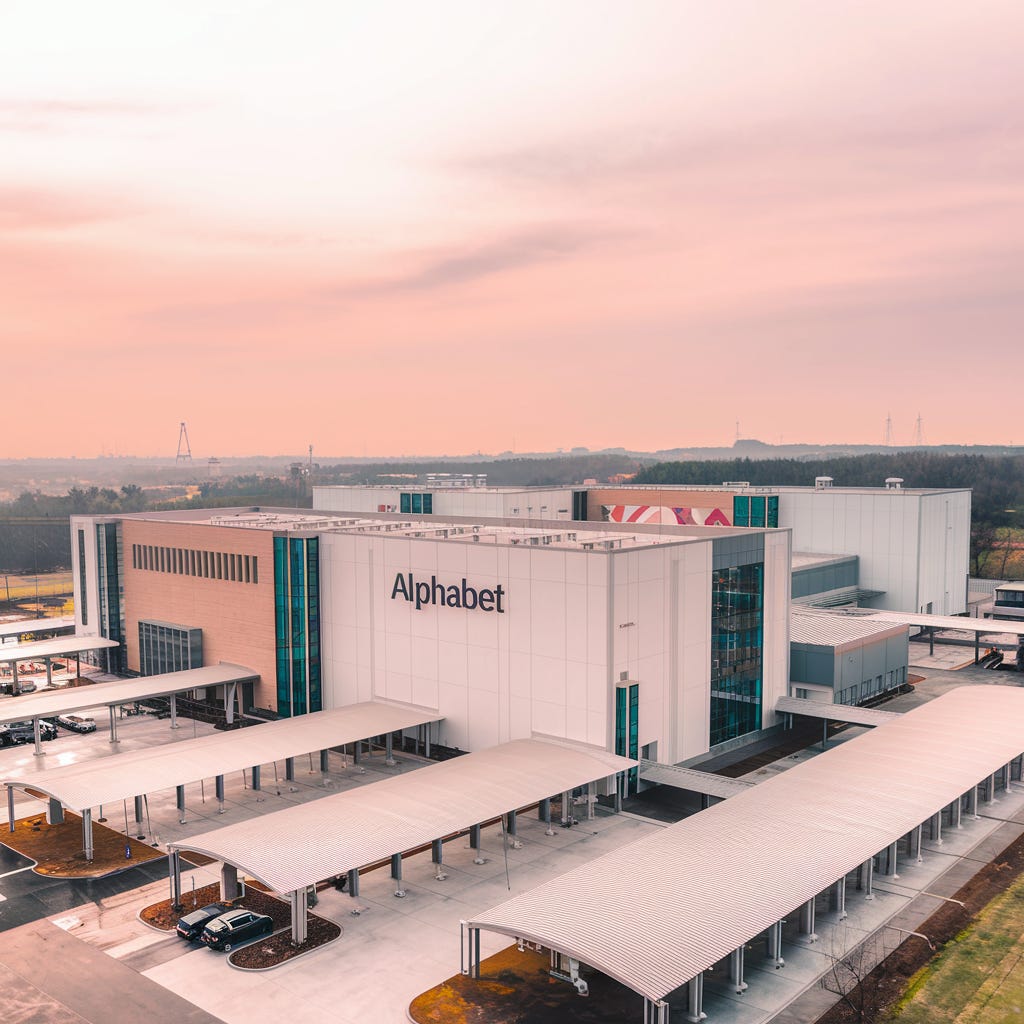Most people think the future of AI depends on better models...
The truth?
It depends on data center innovation.
Everyone is focused on AI models, but the real bottleneck is compute power and energy.
Data centers are the next trillion-dollar battlefield.
From cooling breakthroughs to AI-driven automation, the industry is evolving at an unprecedented pace.
Here’s an A-to-Z breakdown of the key trends shaping the future of infrastructure:
A – Availability
Uptime is everything. Leading providers like AWS guarantee 99.99% uptime for services like EC2, keeping downtime to mere minutes per year.
B – Backup Power
Diesel generators were the norm, but companies like Google are testing hydrogen fuel cells as a cleaner alternative.
C – Cooling Systems
AI-driven cooling cut Google’s energy use by 40%, while Microsoft’s underwater data centers explore new frontiers in efficiency.
D – Density
NVIDIA’s AI clusters push rack densities past 100 kW, far beyond what traditional data centers were built for.
E – Edge Computing
Amazon’s AWS Local Zones and Cloudflare’s global edge network are redefining low-latency processing.
F – Fiber Connectivity
Google, Facebook, and Microsoft are investing in undersea fiber cables, like Google’s Firmina, linking continents.
G – Green Initiatives
Amazon aims for 100% renewable energy by 2025, while Microsoft targets carbon negativity by 2030.
H – Hyperscale Facilities
Amazon, Google, and Microsoft operate 600+ hyperscale data centers, each supporting hundreds of thousands of servers.
I – Infrastructure as a Service (IaaS)
AWS, Google Cloud, and Azure dominate, providing scalable compute power for startups and Fortune 500s alike.
J – Just-in-Time Scaling
Netflix’s AWS Auto Scaling prevents overprovisioning while handling massive traffic spikes.
K – Kilowatts per Rack
A decade ago, 10-15 kW per rack was standard. Today, Meta’s AI data centers exceed 50 kW per rack.
L – Latency
Financial firms spend millions on ultra-low-latency networks where milliseconds can mean billions.
M – Modular Data Centers
IBM and Dell deploy containerized data centers in remote locations within weeks.
N – Network Redundancy
Cloudflare’s 100+ global data centers and Amazon’s multi-region failover ensure continuous uptime.
O – Operational Efficiency
Google’s AI-driven cooling and power optimization cut its energy footprint by 15%.
P – Power Usage Effectiveness (PUE)
Industry leaders aim for PUE below 1.2, with AI playing a key role in driving efficiency.
Q – Quantum Computing Readiness
IBM and Google are building quantum-ready data centers, preparing for the next computing revolution.
R – Resiliency
AWS’s multi-AZ architecture ensures instant failover, keeping critical services online.
S – Security
Apple’s end-to-end encryption and AWS’s multi-layered security protect global data assets.
T – Tier Classification
Equinix and Digital Realty operate Tier IV data centers, delivering 99.995% uptime with full redundancy.
U – Utilization Rates
Google Cloud and Azure use AI-driven workload management to minimize wasted capacity.
V – Virtualization
VMware and Microsoft’s virtualization tech dynamically allocate resources, maximizing efficiency.
W – Workloads
AI, 5G, and cloud gaming are fueling demand for NVIDIA’s GPU cloud and AWS’s AI-optimized instances.
X – Extreme Cooling
Google’s liquid-cooled TPU pods and Xenon gas cooling are tackling AI’s rising thermal demands.
Y – Yield Optimization
AWS and Google Cloud process petabytes of data to fine-tune energy use and efficiency.
Z – Zero Trust Security
Microsoft and Google embed zero-trust security, requiring authentication for every access request.
The Bottom Line?
The future of data centers isn’t just about power and cooling.
It’s about intelligence, automation, and security.
AI is reshaping how data centers operate, scale, and secure global infrastructure.
Which of these trends will have the biggest impact over the next five years?

